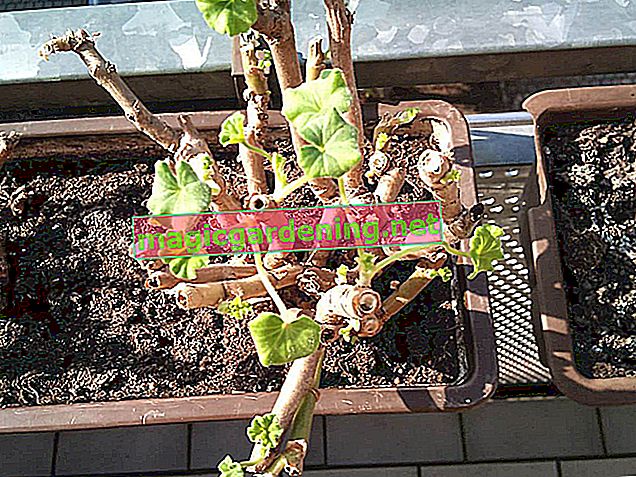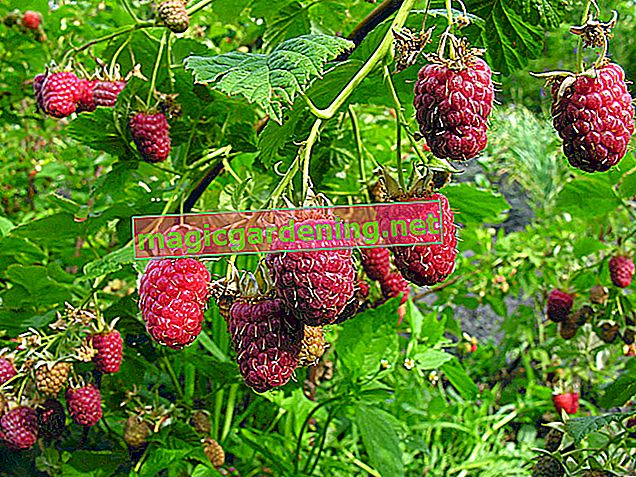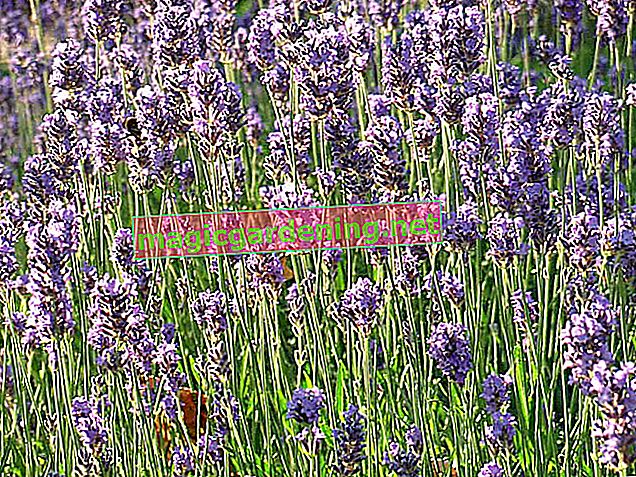
Only about 60 species produce edible fruits
All passiflora produce fruits, although only those of around 60 species are actually edible. In this case, however, “edible” is not always to be equated with “tasty”, because the fruits of some types are rather questionable from a culinary point of view. Other species in turn develop inedible or even poisonous fruits.
also read
- Are the fruits of the passion flower edible?
- Passion flower: some species are poisonous
- Passion Flower - Toxic to Cats?
Passiflora species with edible fruits
In the following table you will find a list of the edible fruits of popular Passiflora species.
| Passiflora | German name | origin | blossoms | pollination | fruit |
|---|---|---|---|---|---|
| P. edulis | Passion fruit | Brazil, Paraguay, Argentina | white-purple | self-fertile | brownish red |
| P. quadrangularis | Giant Grenadilla | Central America, West Indies | red, white-purple | self-fertile | only in the greenhouse / winter garden |
| P. ligularis | Grenadilla | Brazil, Peru, Venezuela | light purple | Cross-pollination | orange |
| P. alata | Winged passion flower | Peru, Brazil | red | Cross-pollination | yellow / light orange |
| P. incarnata | Flesh colored passion flower | Bahamas, southern USA, Brazil | white-light purple | self-fertile | greenish yellow |
| P. caerulea | Blue passion flower | Argentina, Brazil | blue White | self-fertile | edible, but not very tasty |
| P. coccinea | Red passion flower | Brazil, Peru, Venezuela | bright red | Cross-pollination | yellowish green |
| P. vitifolia | Vine-leaved passion flower | Nicaragua, Venezuela, Bolivia, Peru | bright red | Cross-pollination | spherical |
No fruit without pollination
From a botanical point of view, the passion flower forms berries because the fruit develops from a single ovary. It takes between two to three months from flowering to maturity, although a harvest can only take place after successful fertilization. However, only a few passion flowers are self-fertile, ie self-pollination is possible due to hermaphrodite flowers. Most passiflora, however, rely on cross-pollination or cross-pollination. In this case, you will need at least a second plant that is not genetically related to the one to be pollinated. The fertilization of a Passiflora with a clone, such as a self-grown cutting, is therefore not possible. To play it safe,it is best to do the pollination yourself with the tried and tested brush method - passion flower blossoms are often only fertile for a few hours.
Tips & Tricks
Even if you have a passiflora with inedible fruits, fruit production can be worthwhile. In this way you can propagate your plant yourself and thus create a large number of genetically different plants.








